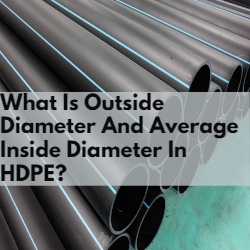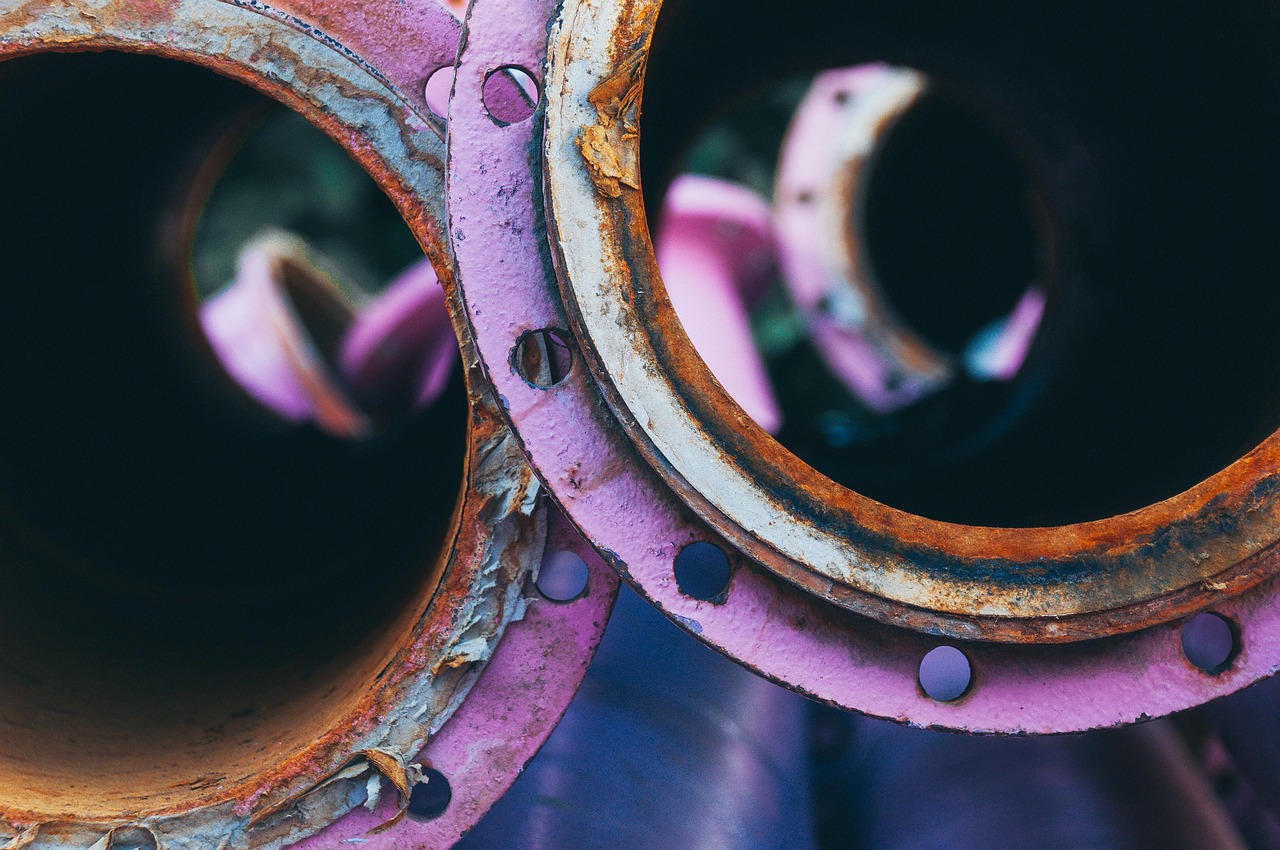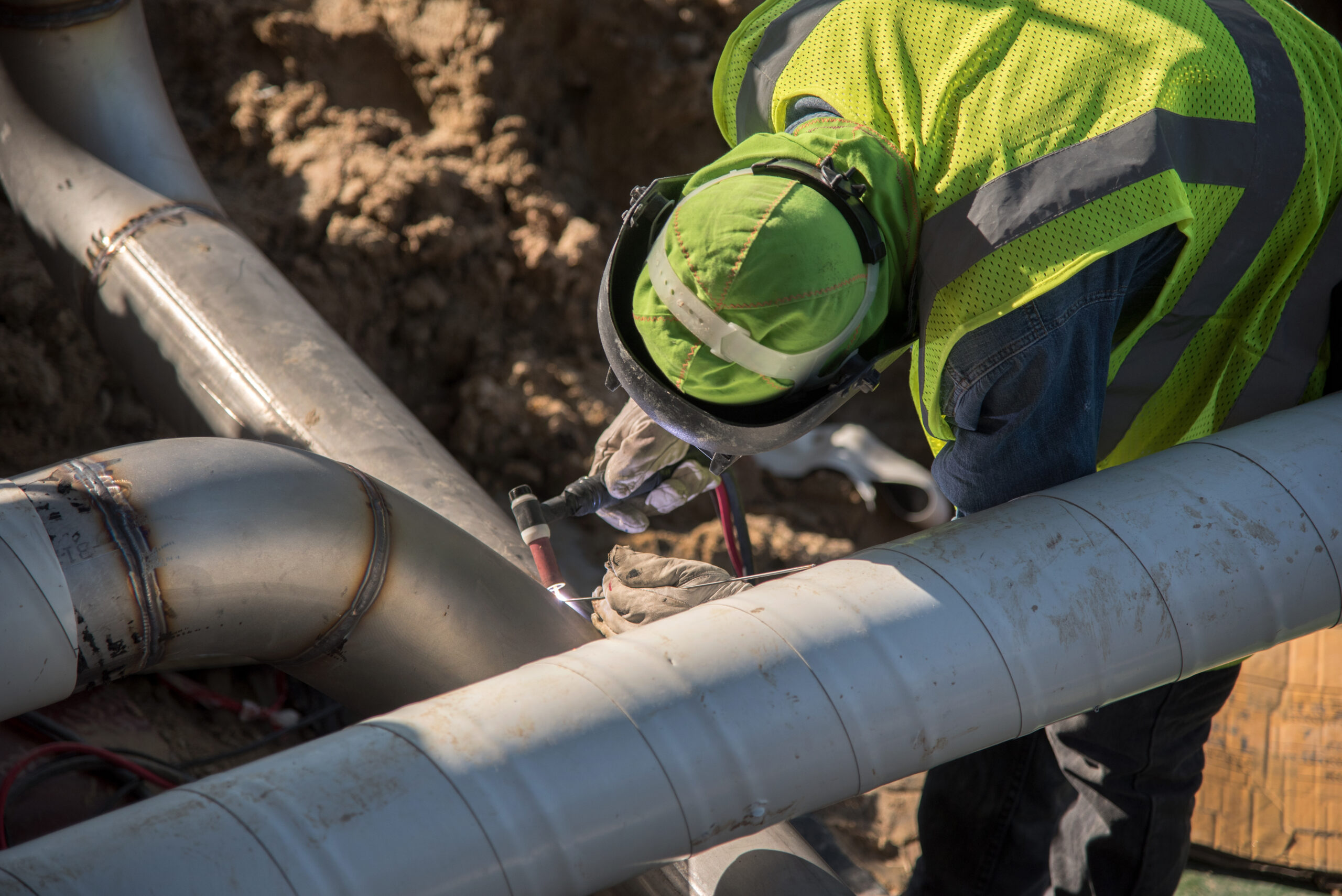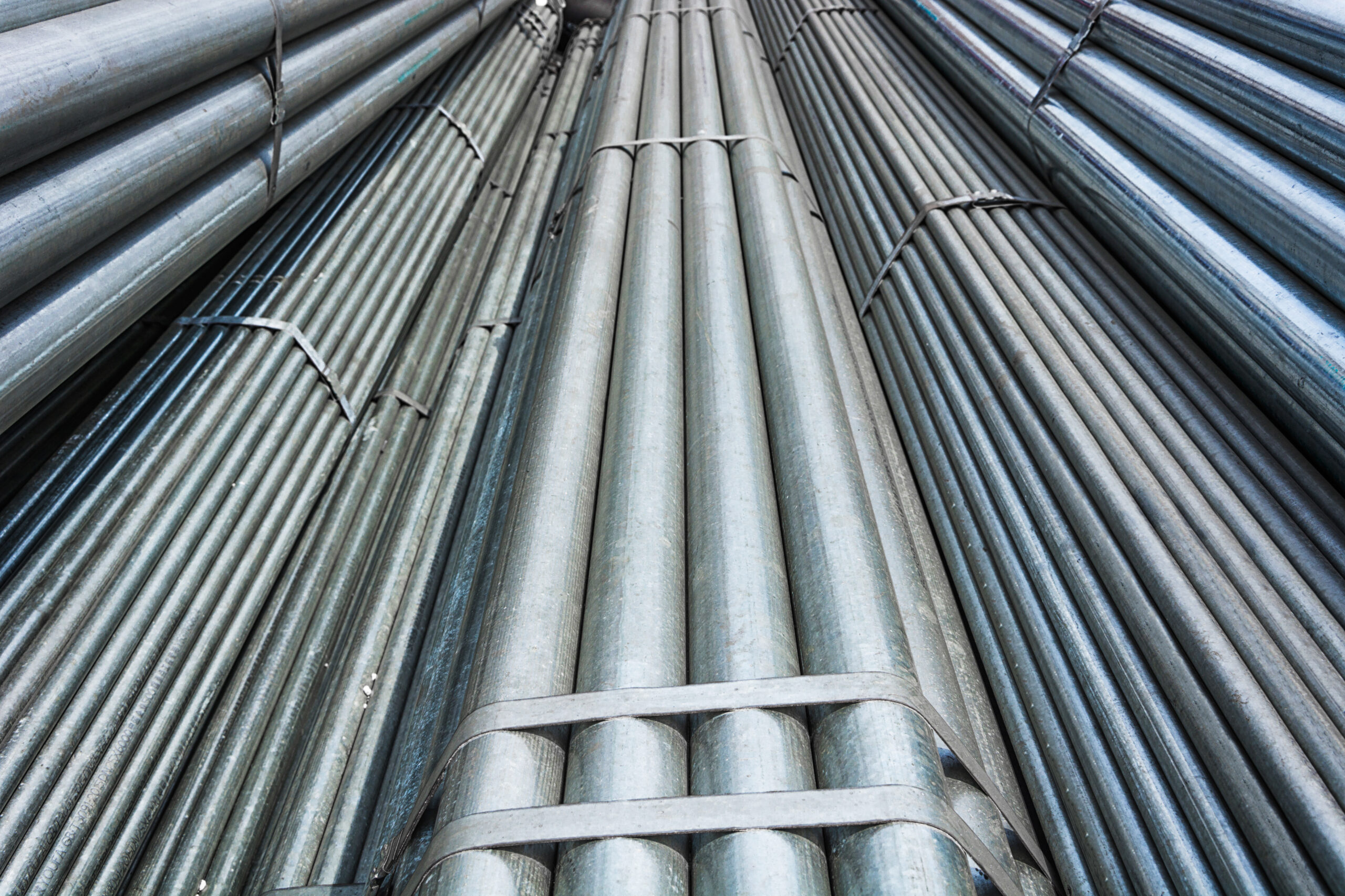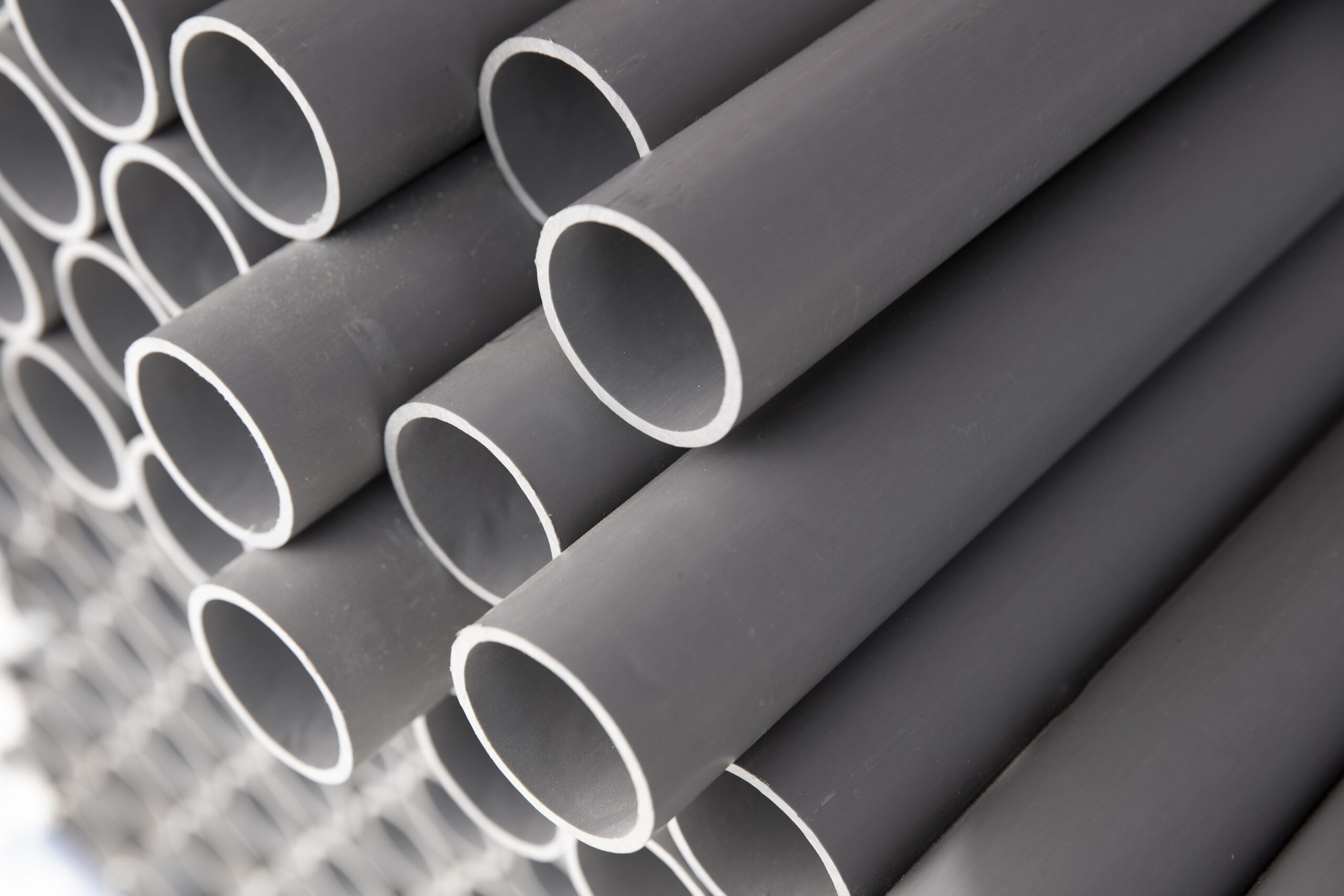Let’s see What Is Outside Diameter And Average Inside Diameter In Hdpe?
HDPE is a member of polymers. Polymers can be used in various applications, including manufacturing plastic bottles and pipes (high and low temperatures), cement, and fireproofing. It has the highest strength-to-weight ratio of any plastic, which makes it ideal for internal pipeline corrosion. HDPE is high-density polyethylene (HDPE), which is non-toxic and biodegradable. This is one of the most commonly used plastics for building, manufacturing, pipeline coating, and construction.
In this article, we will discuss the outside diameter of HDPE and the inside diameter of HDPE, with the advantages and disadvantages of HDPE.
HDPE Diameter
Wants to know the what is outside diameter and average inside diameter in Hdpe? then move forward. The average inside diameter (ADI) is the diameter at which the pipe is placed. To determine the outside diameter and average inside diameter (ADI), you need to know the container’s atmospheric pressure, barometric pressure, and volume. The atmospheric pressure we use here is 20 atm (atmospheric air pressure is measured at sea level.).
The barometric pressure is measured at sea level and is 28.5 inHg (inHg is the symbol for ‘h’); this is the most common measurement in the world. Then the volumes are calculated by the formula, “inside diameter of a 1cc container”.
Outside diameter: A tube, pipe, or coil’s distance across its largest outer dimension is known as outside diameter.
Average inside diameter: The length of a straight line drawn across the middle of the opening defines the interior diameter of a tube, pipe, or coil. The measurement is normally in inches, fractions of an inch, and decimals of an inch.
Types of HDPE Pipes
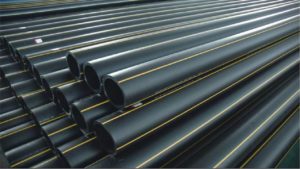
Depending on their highest-pressure resistance capacity, HDPE Pipes are divided into many pressure types or PN grades. All these are
- PN 2.5 – max pressure 2.5 bar
- PN 4 – max pressure 4 bar
- PN 6 – max pressure 6 bar
- PN 10 – max pressure 10 bar
- PN 16 – max pressure 16 bar
- PN 20 – max pressure 20 bar
- PN 25 – max pressure 25 bar
Benefits of HDPE Pipes
There are many advantages of these pipes. However, the following are some major benefits:
1. Chemical and Corrosion Resistant
HDPE pipes never corrode, develop tubercles, or promote biological growth. This piping material is best for use in rough and stressful environments. Even after years of usage, the overall performance and integrity of pipes will not suffer (at least noticeably). HDPE pipes have a smooth ID and keep their flow capability well over time.
2. Flexible and Debility Resistance
The bend radius of the HDPE pipe can increase by 25 times the pipe’s nominal diameter. Compared to piping systems and fittings built from other materials, this can eliminate many of the fittings required for directional changes.
In addition, the flexibility of HDPE pipes makes them appropriate for earthquake-prone and active soil regions. Furthermore, HDPE pipes can tolerate sustained pressure increases greater than their static pressure rating.
3. Leak-Proof
To create a leak-proof bond you may use HDPE pipes that can thermally fuse that are as solid as the pipe. The risk of potential leak spots every 10–20 feet, often present in PVC, concrete, and ductile iron pipes, is eliminated via thermal fusing. Other pipe joining techniques have issues with infiltration and exfiltration, which you can solve by using leak-proof joints.
4. Installation Friendly
HDPE pipes are simple to install and use because of their leak-free joints and flexibility. Unlike rigid PVC and concrete pipes, it permits using creative, economical techniques. Furthermore, for HDPE pipes, alternative installation techniques including pipe bursting, horizontal directional drilling, slip lining, plow & plant, butt-welding, socket welding, electrofusion welding, and submerged or floating line can save a significant amount of money, materials, and labor.
5. Compact and Impact Resistant
HDPE pipes benefit the building sector since they are simple and affordable to handle and install. Its structural design makes it more impact-resistant than other materials, especially in cold climates where PVC and other materials are more prone to break and crack.
Applications of HDPE Pipes
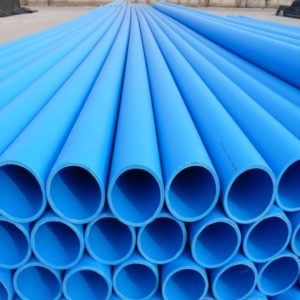
HDPE pipes use in many fields of our daily life, see the list:
1. Water Sources
First of all, let’s talk about water sources:
- Availability of potable water
- Transmission
- Water pipes
2. Drainpipes
Secondly, here are some drainpipe sources:
- Rain and surface water
- Mains of wastewater
- Sub-soil water
3. Agriculture
At third. agriculture sources:
- Drip irrigation
- Flood Irrigation
- Sprinkler Irrigation
4. Ducting
- Air conditioning and refrigeration
- Telecommunications as OFC’s conduits
5. Removal of Fumes
- Industrial disposables and sewage
- Sanitary system
- Agricultural sector
- Industry of Petrochemicals
- Residential Sewage System
Joining of HDPE Pipes
You can join HDPE pipes by fitting and welding. There are two primary methods for joining these pipes:
Electrofusion Welding: Using the quick and easy electrofusion technique, you can permanently connect individual pipes, HDPE fittings, or prefabricated parts in tight spaces. For on-site joints, this technique is appropriate.
Butt Welding: Secondly, by applying heat and pressure to prefabricated pieces, butt-welding uniformly unites HDPE pipes and fittings without additional connections.
Frequently Asked Questions [FAQs]
How does an HDPE pipe look?
For different applications, you may use pipes of different colors. In particular, pipes passing fuel gases, liquefied gases under pressure, and process gases are always full of yellow jackets or black with yellow-colored stripes. Similarly, drinking water lines and potable water pipelines are always black with blue-colored stripes.
Is PVC better than HDPE?
HDPE is softer and has a small bending radius, which is notably relevant to piping applications. However, due to leak-free connections, HDPE is a dependable option for pressure and non-pressure applications. On the other hand, PVC is a material that is stiffer, stronger, and best suited for trenchless installation and direct burial.
Is HDPE pipe durable?
However, HDPE can endure short-term temperatures of up to 248°F or even a constant 230°F, which you can use to gauge its hardness and transparency. HDPE pipes are dependable when your application requires gas and liquid to reach and raise those temperatures.
Final Thoughts
We ended our discussion about HDPE there. Since HDPE pipe standards have been used for over 50 years in the mainstream industrial sector, the results are remarkable, inspiring firms to concentrate more on HDPE pipeline solutions. We hope you may like the article, ” What Is Outside Diameter And Average Inside Diameter In Hdpe?”.
Moreover, gratitude for reading. We would love it if you left your opinions in the comment section.

